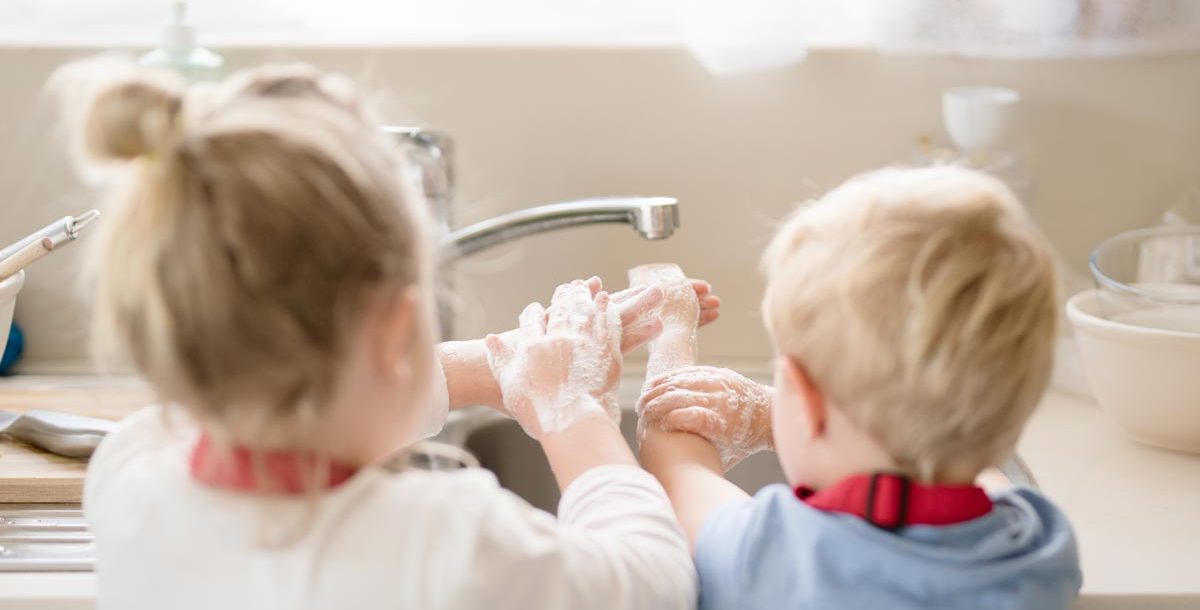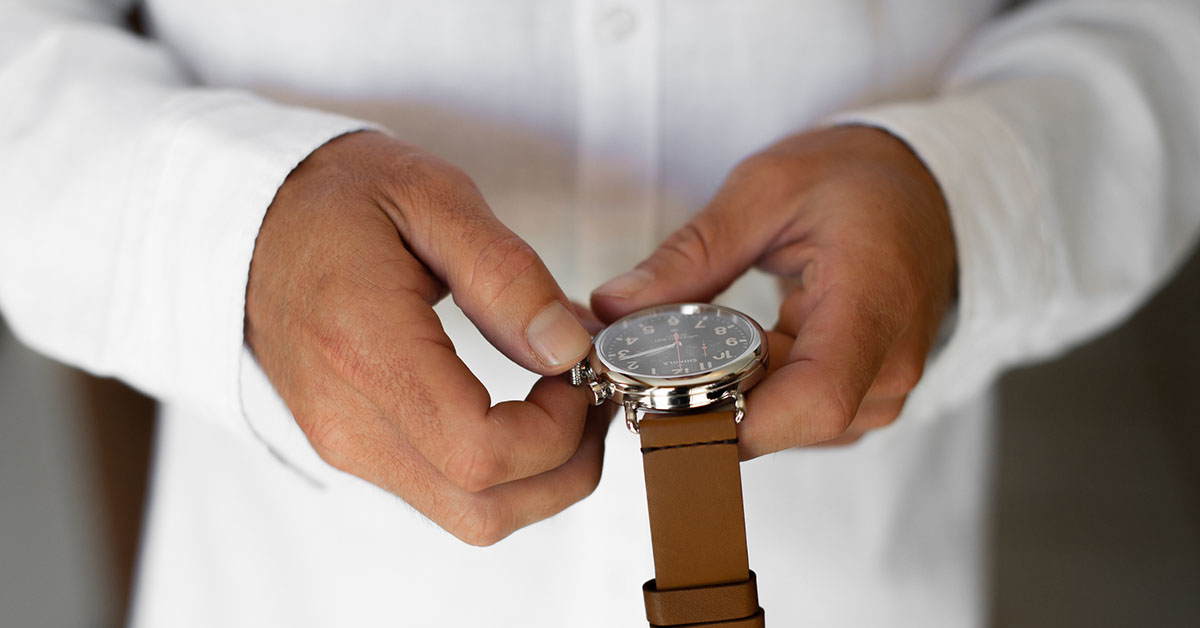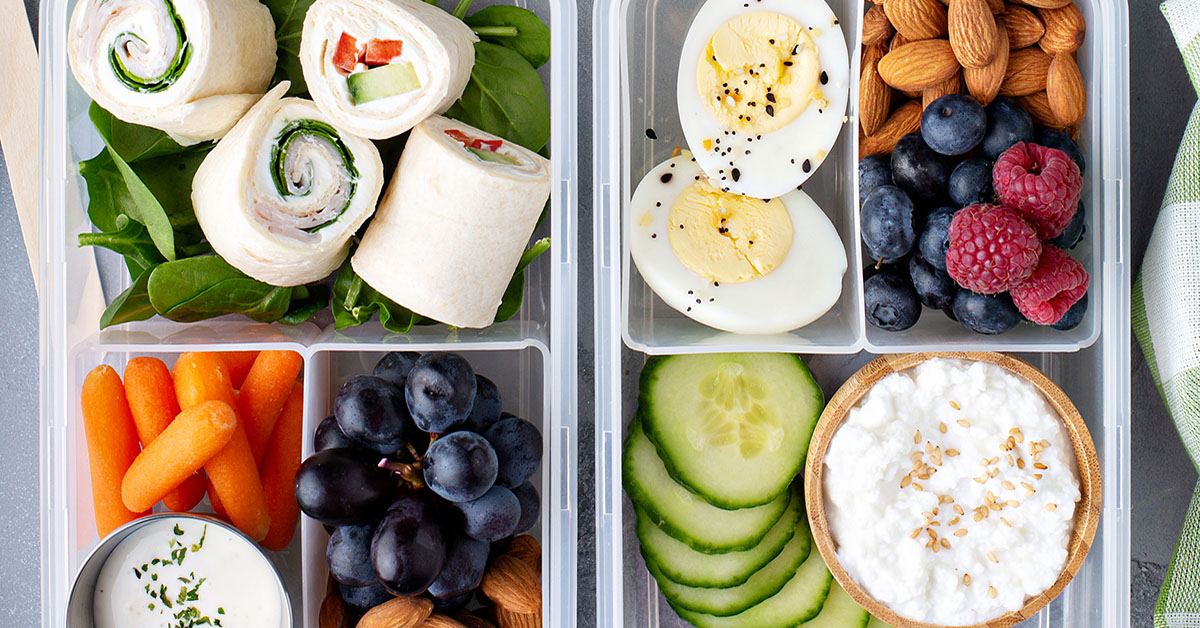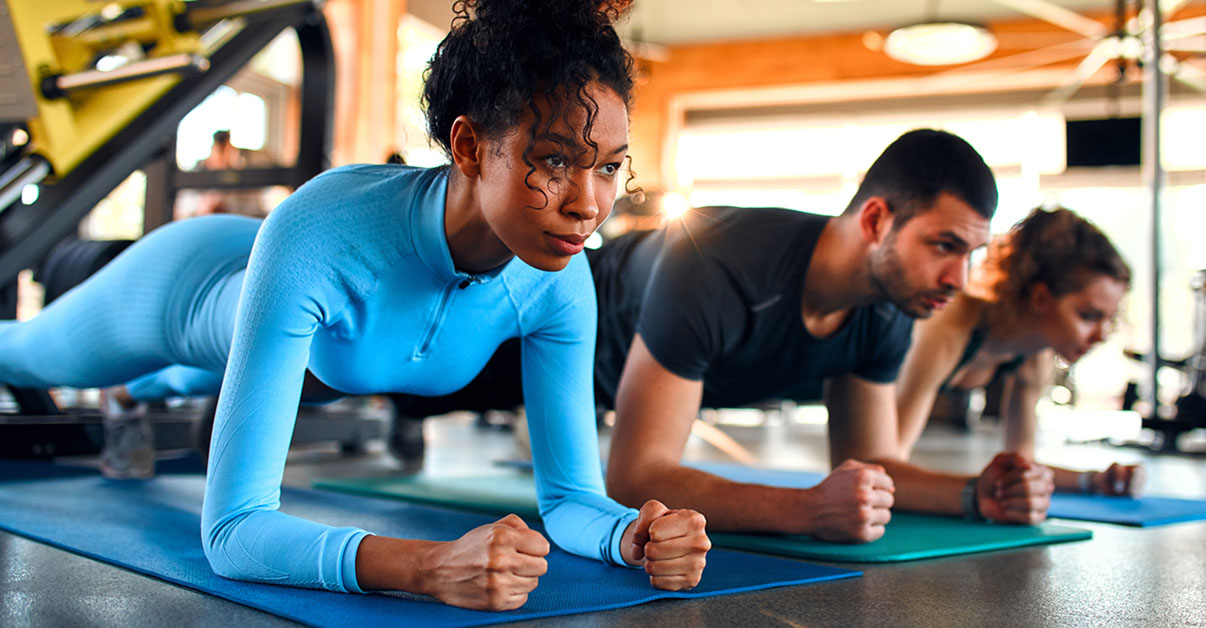Happy Global Handwashing Day!
Washing your hands correctly and multiple times a day is an important part of a healthy lifestyle. However, with the COVID-19 pandemic and as we enter cold and flu season, handwashing is now an even more critical habit to help keep you and your family safe.
Learn why washing your hands is important, how and when to do it, as well as how to get your child involved.
Why it’s important to wash your hands
Like it or not, germs are everywhere and a part of our everyday life. Handwashing is one of the best actions you can take to stop the spread of respiratory and diarrheal infections and avoid getting sick.
Germs can easily spread when you touch your nose, mouth or eyes with an unwashed hand. They can also spread when food and drinks are prepared by someone who didn’t wash their hands. When you cough or sneeze into your hand, then touch another person’s hand or a common surface, you are spreading many germs.
When you need to wash your hands
Consistently washing your hands throughout the day is a great way to keep germs at bay. You’ll want to be certain to wash them during the following key times when you are most likely to get or spread germs.
- After using the toilet
- After blowing your nose, coughing or sneezing
- After touching garbage
- After changing diapers or cleaning up a child who has used the toilet
- Before and after treating a cut or wound
- Before and after caring for someone at home who is sick with vomiting or diarrhea
- Before, during and after preparing food
- Before eating food
- After touching an animal, animal feed or animal waste
- After handling pet food or pet treats
During cold and flu season, you’ll want to be extra cautious and wash your hands after you’ve been in public places and have touched any of the following items:
- Shopping cart
- Table or counter
- Door handle
- Gas pump
- Electronic cashier screen
How to wash your hands properly
Washing your hands properly takes more time than most people are used to. However, it is important to wash them correctly because it gets rid of the greatest number of germs possible.
Every time you wash your hands, perform the following steps:
- Get your hands wet with clean water. It can be hot or cold.
- Add soap to your hands and lather them by rubbing them together. Make sure to cover every area: between your fingers, the backs of your hands and even under your fingernails.
- Continue to lather and scrub your hands for 20 seconds or more. A good way to time yourself is by singing the “Happy Birthday” song all the way through twice.
- Rinse the soap off your hands with clean water.
- Use a clean towel to dry your hands or let them air dry.
Handwashing is better than hand sanitizer because it gets rid of more germs. However, hand sanitizer is a good second option if soap and water are not readily available. Make sure the sanitizer contains at least 60 percent alcohol.
Handwashing habits for kids
Helping your child develop handwashing habits is an important part of helping them develop a healthy lifestyle. Parents and caregivers play an important role in a child’s handwashing education. Like most habits, the earlier a child is exposed to handwashing, the more likely it becomes a lifelong routine.
Here are some ways you can teach your child about proper handwashing:
- Wash your hands together and walk them through the five steps above. Have fun and make a game out of it.
- Constantly remind them about washing their hands throughout the day, especially during the key times listed above.
- Lead by example and make sure you are practicing proper hand hygiene throughout the day.
This cold and flu season, make sure your immune system is ready to go. Learn more about the flu vaccine, COVID-19 vaccine and find a Mercy Health provider near you today.






